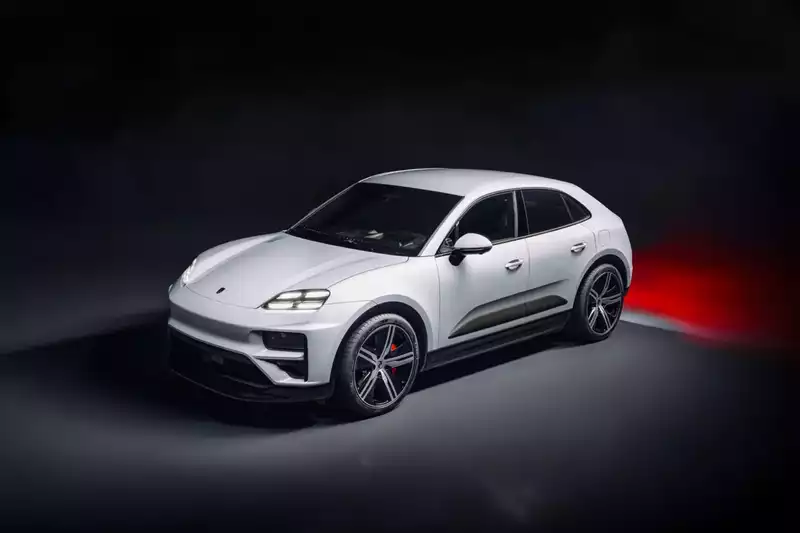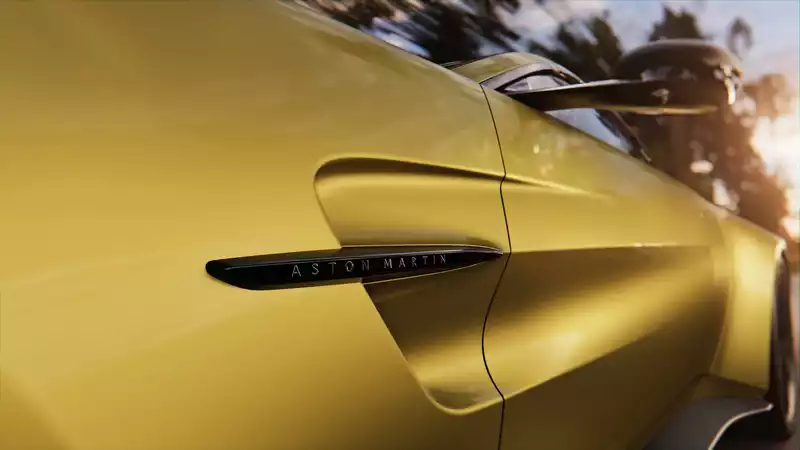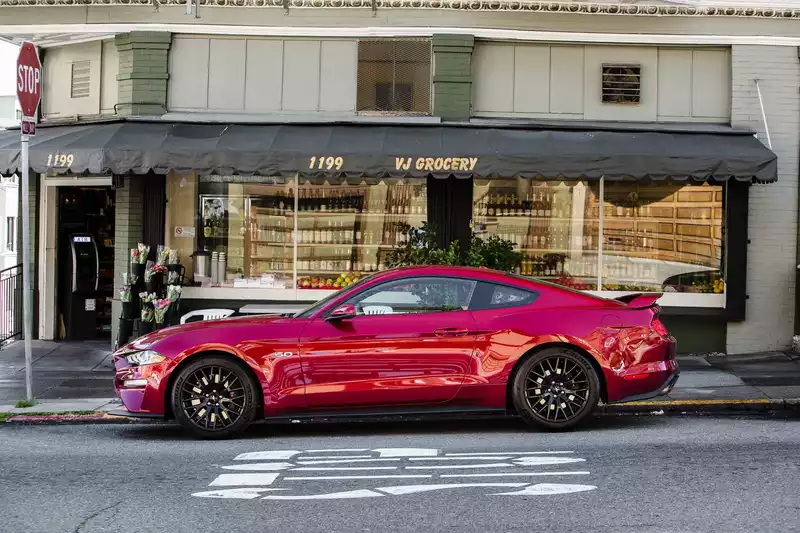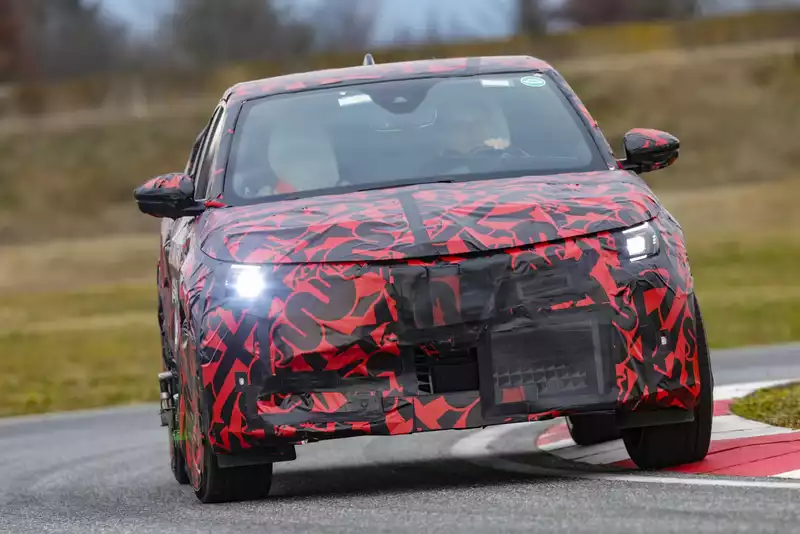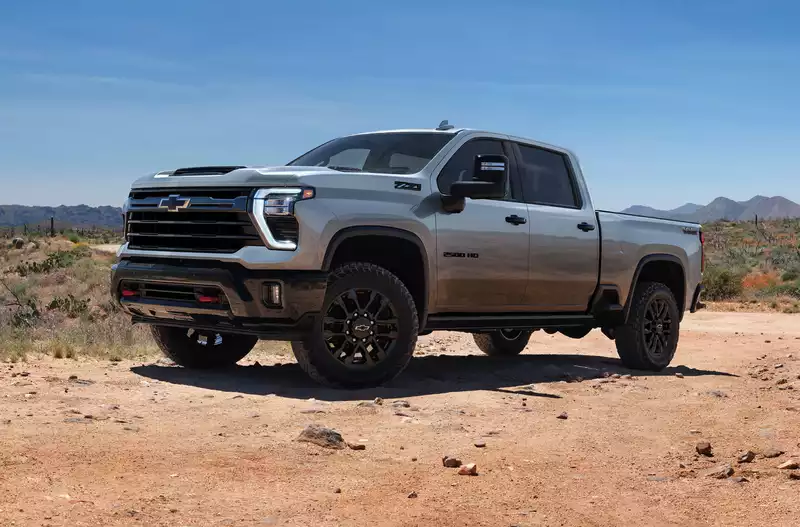The Porsche 356 was initially manufactured by hand with a wooden frame.
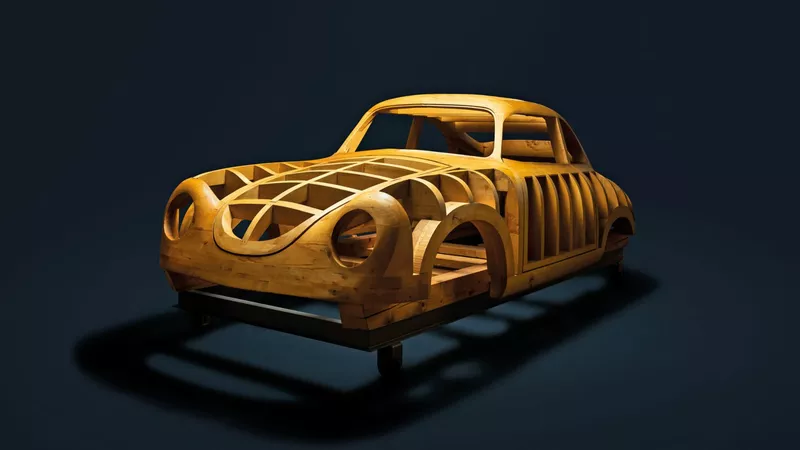
Porsche's first sports car had aluminum body panels, but it was the lightweight materials created by nature that made the iconic shape possible.
The Porsche 356's bodywork consisted of panels hammered and roll-formed by hand, with a wooden frame model to ensure everything lined up.
That frame still exists and is in relatively good condition. It is in the Porsche Automobile Museum in Gmund, Austria, where the first Porsche production car was completed before production moved to Stuttgart, Germany.
The frame is sometimes referred to as a Holzkrop model, German for "hammered wooden frame," but the frame itself was not hammered. Rather, it was used as a model for factory workers to mold and fit aluminum body panels. This was a time-consuming process that sometimes required multiple attempts to get the doors and fenders to fit perfectly into the frame, the exact shape of the 356's body. According to Porsche, this process took at least 90 hours.
Hand-built bodywork was primarily a feature of early Austrian Porsches: in 1948, Porsche produced 52 cars in Gmund, including 44 coupes and 8 convertibles, and between 1951 and 1952 the Stuttgart racing department produced 8 to 10 Super Light (SL) bodies were completed.
When production moved to Germany in 1949, Porsche switched to steel bodies and mechanized manufacturing processes. Eventually, a new wooden frame replaced the original frame.
Steel is much harder than aluminum, so Porsche began using presses to produce the body panels. Today, the wooden frame of the 356 remains as a reminder of Porsche's early days.
